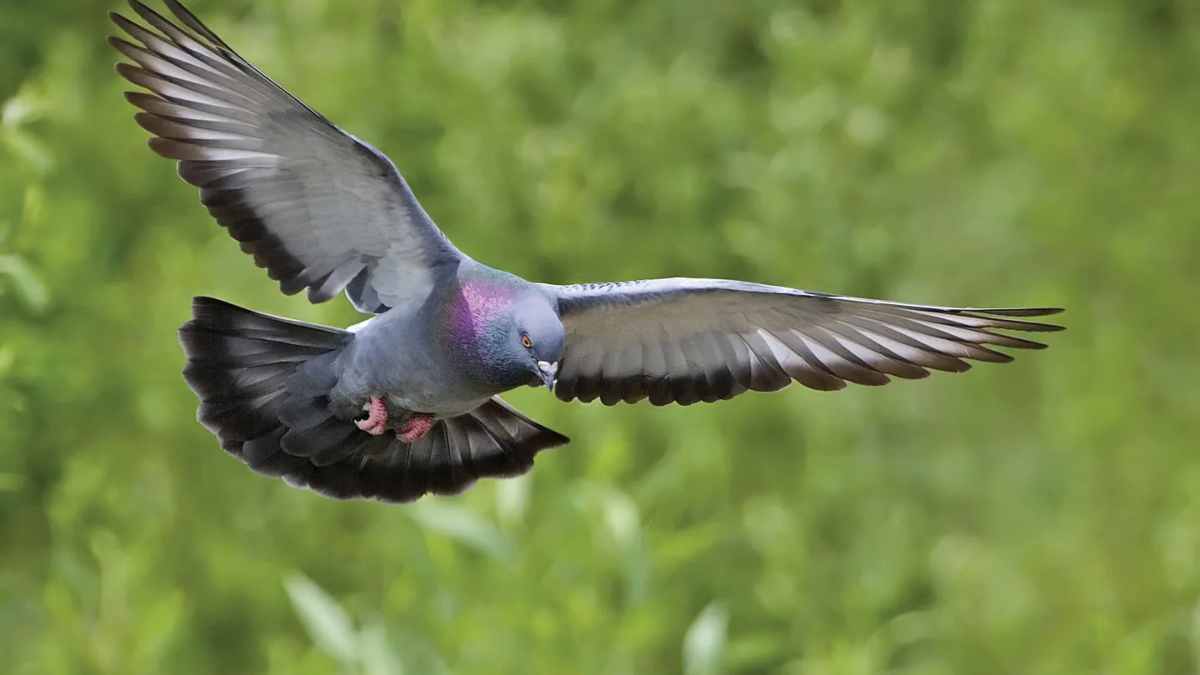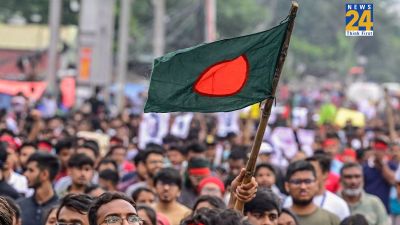New Delhi: Pigeons, symbols of peace and long-time companions of humans, served as messengers long before mobile phones or postal services. However, these seemingly beautiful birds can pose a deadly threat. A recent study reveals that prolonged exposure to their feathers and droppings can lead to fatal chronic lung diseases.
In a recent case at Sir Ganga Ram Hospital, doctors reported that an 11-year-old boy from Vasundhara Enclave developed severe respiratory illness after contact with pigeons’ feathers and droppings. Initially presenting as a normal cough, his condition rapidly worsened, necessitating immediate hospitalization. Medical screenings showed lung inflammation resembling Hypersensitivity Pneumonitis (HP).
The boy’s health deteriorated due to an allergic reaction to pigeon feathers and droppings, causing breathing difficulties requiring urgent medical intervention. HP, typically seen in adults, can also affect children under 15, often undiagnosed. It’s a rare childhood disease, occurring in only 4 cases per million children, and is a common form of long-term interstitial lung disease (ILD) in children.
Also Read:‘Thank God, I Live In India’; Woman Chews Snake Like A Carrot, Internet Reacts
ILD causes irreversible lung tissue scarring, progressively impairing independent breathing and reducing oxygen transfer and carbon dioxide removal from the bloodstream.
Under Dr. Dhiren Gupta’s supervision at Sir Ganga Ram Hospital’s pediatric intensive care unit, the boy underwent intensive treatment. The medical team, including Dr. Anil Sachdev, Dr. Suresh Gupta, and Dr. Neeraj Gupta, administered high-flow oxygen therapy and steroids.
The boy’s lung inflammation reduced post-treatment, significantly improving his ability to breathe normally. After discharge, he continued to be monitored for study purposes.
Also Read:I Will Bite You Nine Times But…’, Snakebite Victim Of Fatehpur Makes Deadly Nightmare Revelation
Dr. Gupta stressed early recognition of HP symptoms and prompt action to prevent severe complications. Awareness of environmental triggers like bird droppings and feathers is crucial, cautioning against underestimating the potential harm these seemingly harmless birds can pose in shared human environments. Maintaining a clean environment and taking appropriate precautions are essential to minimize exposure risks.













